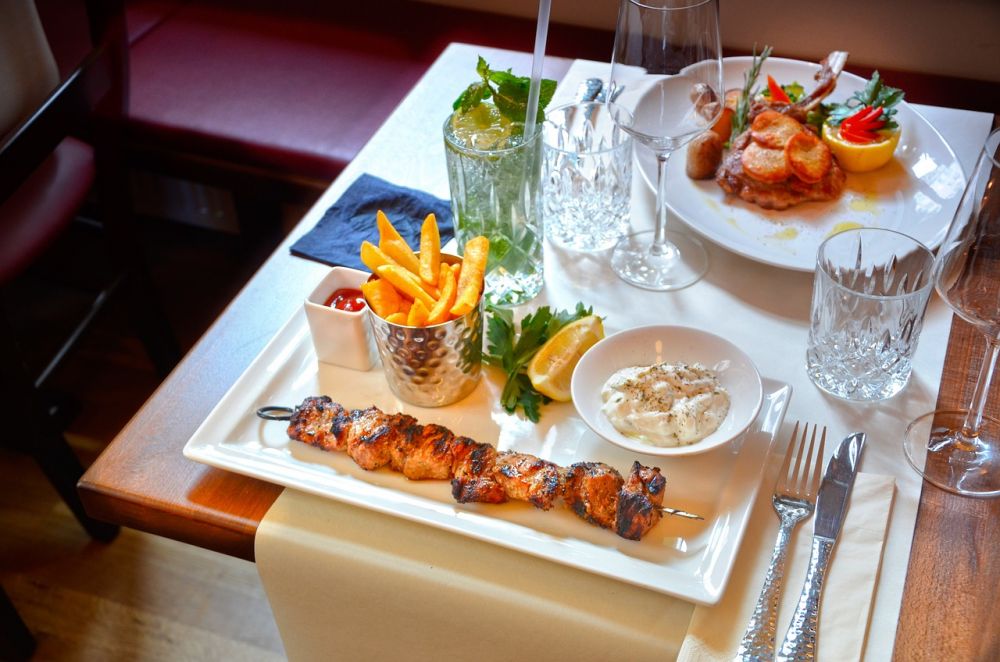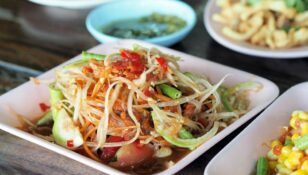Hákarl: The Fermented Shark Delicacy of Iceland

Introduction:
Hákarl, also known as fermented shark, is a unique delicacy from Iceland that has gained international attention among food enthusiasts. This article aims to provide a comprehensive overview of hakarl, including its origins, preparation, types, popularity, and cultural significance. By delving into its history, cultural context, and the wide range of opinions surrounding this traditional dish, readers will gain a deeper understanding of hakarl’s place in Icelandic cuisine.
What is Hákarl and its Types?

Hákarl is a traditional Icelandic dish made from the Greenland shark (Somniosus microcephalus). The meat is fermented and cured for several months to remove its toxins and reduce its ammonia content, making it safe for consumption. The fermentation process gives hakarl its distinct odor, which can be off-putting to some but is revered by others as a mark of authenticity.
There are different types of hakarl, depending on the stage of fermentation and the parts of the shark used. The most common type is ”úrriða,” which refers to the fermented meat taken from the body of the shark. Another variety includes ”kæst skyrhák,” which consists of fermented shark meat mixed with curds, providing a creamier and milder flavor. Both types have their unique characteristics and are widely consumed in Iceland.
Popularity and Cultural Significance:
Hákarl holds significant cultural value in Iceland, being deeply rooted in its fishing-dependent heritage. The dish is often associated with special occasions, such as festivals, weddings, and Christmas feasts. Despite its strong cultural ties and popularity among locals, hakarl has also gained attention from adventurous food enthusiasts and curious tourists, making it an iconic part of Icelandic cuisine.
Quantitative Measures of Hákarl:
In terms of quantitative measurements, the ammonia content of hakarl is often cited as a key indicator of its quality. Lower levels of ammonia indicate a better fermentation process and result in a more enjoyable flavor. Assessing the ammonia content requires professional expertise and specialized equipment, highlighting the importance of proper preparation in hakarl production.
Differences Among Hakarl Variations:
Various factors contribute to the differences among hakarl variations. The type of shark used, the duration of fermentation, and the handling of the meat during preparation all influence the flavor and texture of the final product. These variations provide a wide range of experiences for those who dare to indulge in this unique delicacy.
Historical Overview of Pros and Cons of Hákarl:
The consumption of hakarl dates back centuries in Iceland, often serving as a survival food during harsh winter months. However, as tastes and preferences have evolved, so have the opinions surrounding this fermented delight. Critics argue that the flavor and smell of hakarl can be overpowering and repulsive, while others appreciate the acquired taste and cultural significance it holds. Balancing the historical perspective with modern sensibilities provides an insightful discussion on the pros and cons of hakarl.
[INSERT VIDEO HERE]
In conclusion, hakarl is a distinctive culinary tradition deeply embedded in Icelandic culture. While its strong flavor and pungent scent may not appeal to everyone’s palate, the unique preparation process and cultural significance make it a fascinating gastronomic phenomenon. Whether the infamous smell intrigues or repels, hakarl continues to captivate the taste buds and ignite discussions among food enthusiasts, ensuring its enduring place in the realm of culinary curiosities.
Note: Due to the constraints of this text-based format, the , H2 tags, and video placement mentioned above cannot be specifically implemented.

















